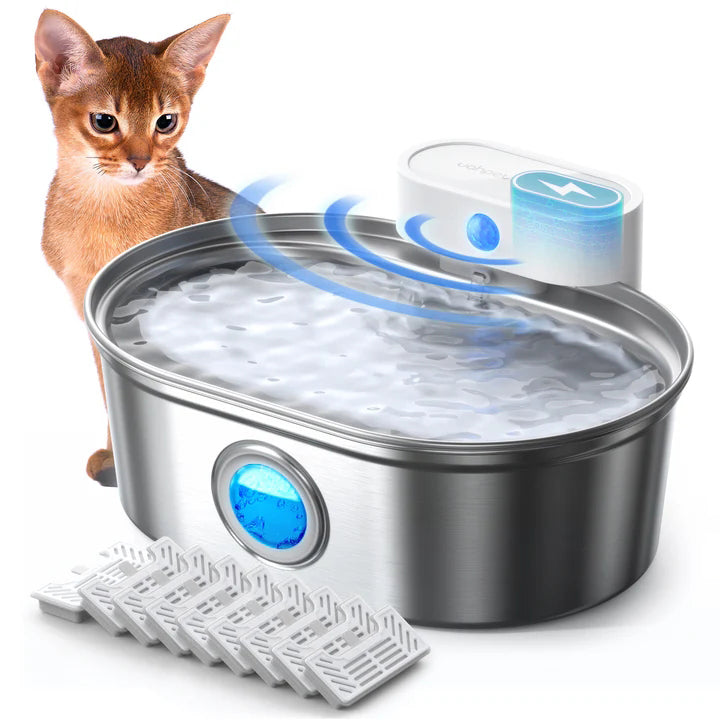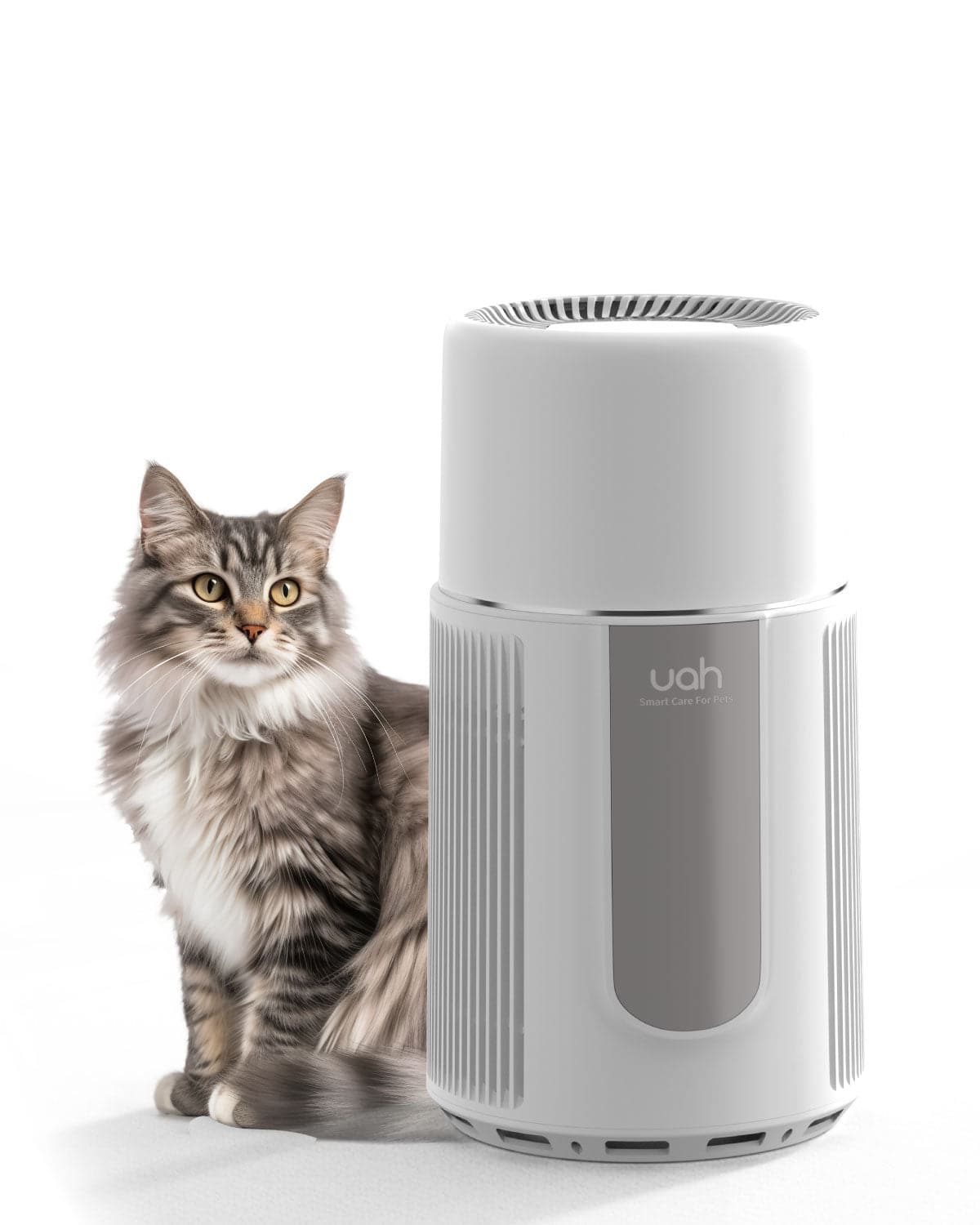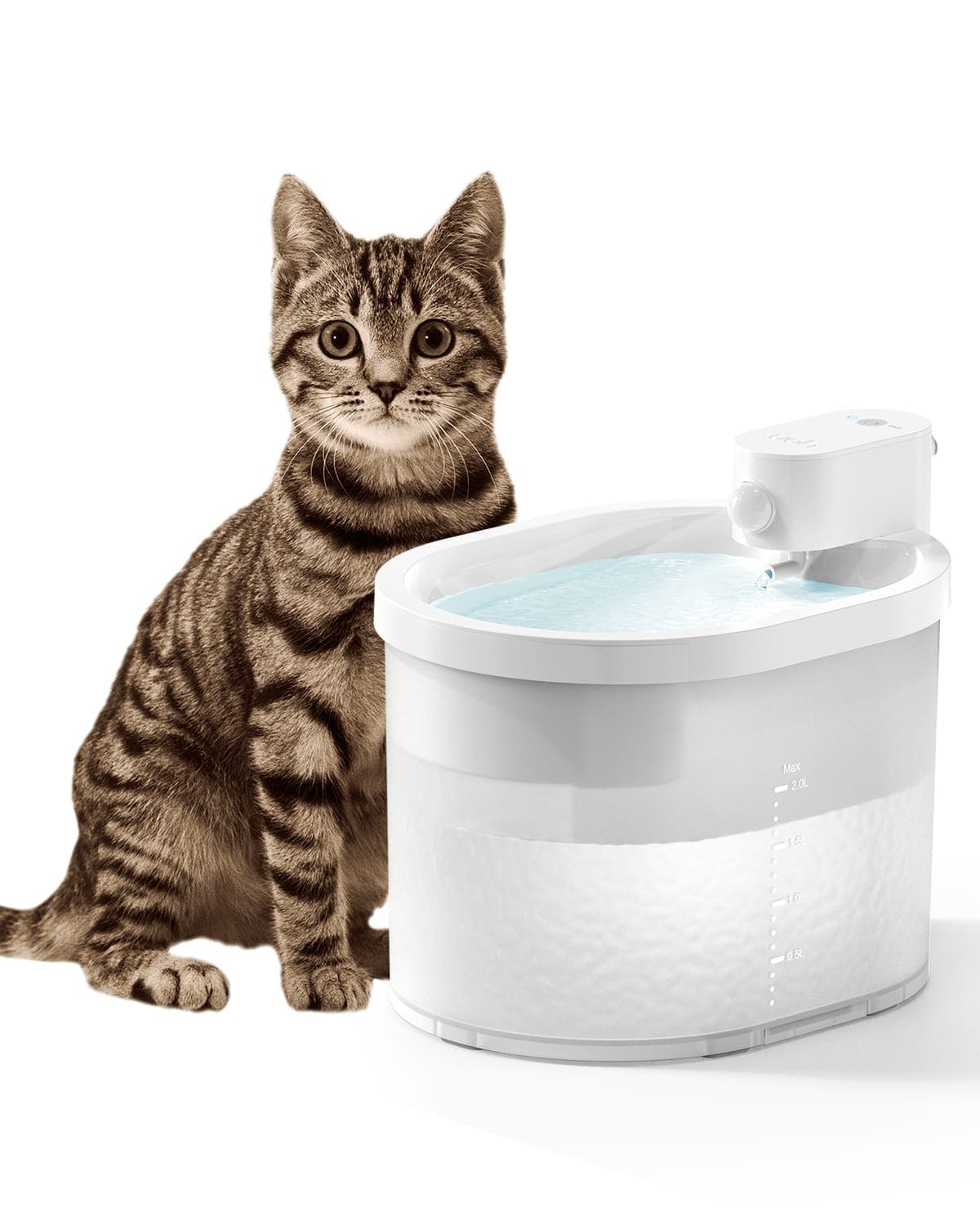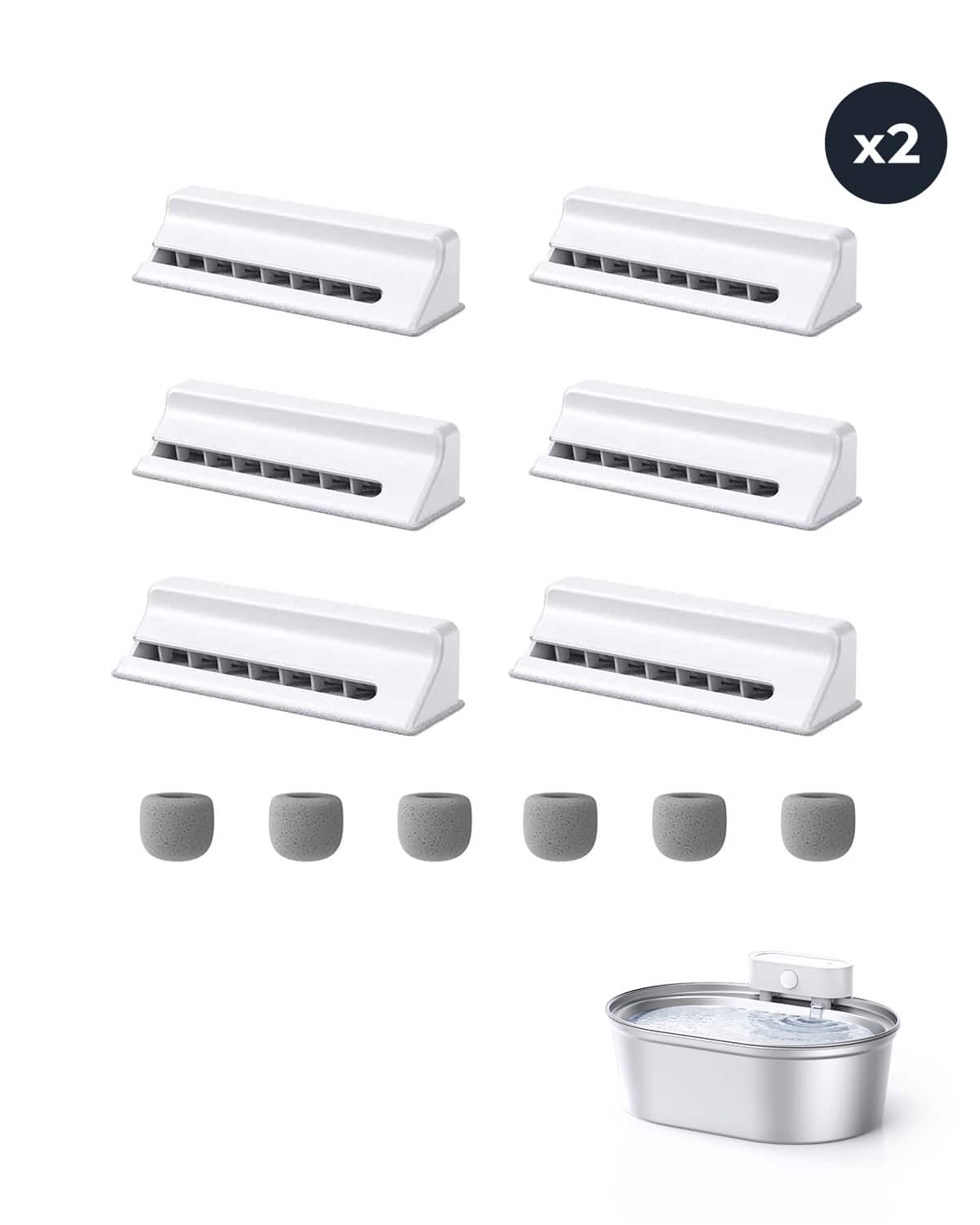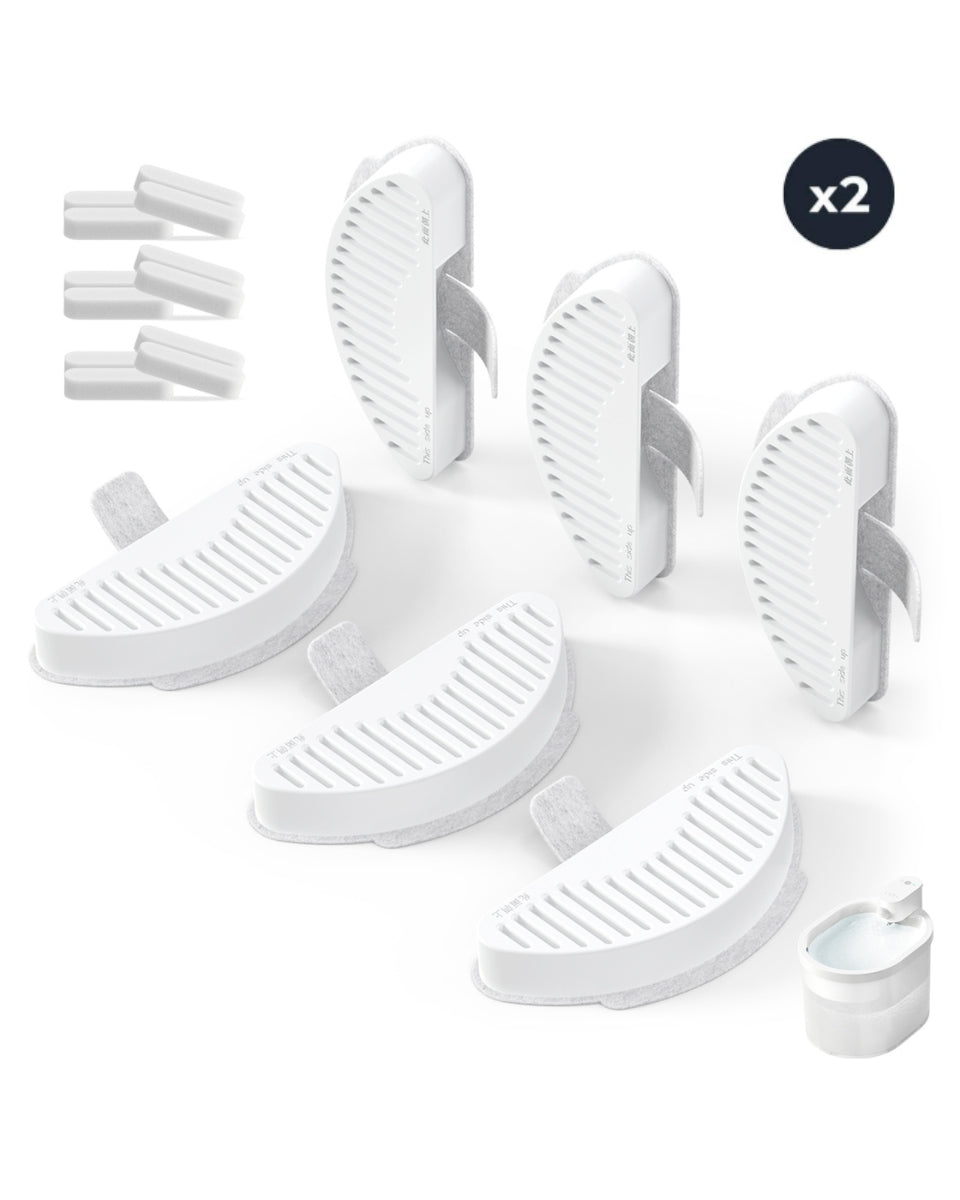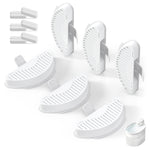Living with pollen allergies and pets can be a double challenge. Pollen can trigger sneezing, itchy eyes, and other allergy symptoms, while pet dander adds another layer of allergens to the mix. Fortunately, the right air purifier can make a world of difference. In this guide, we’ll explore the best air purifiers for pollen allergies and pets, helping you breathe easier and enjoy a healthier home environment.
Understanding Pollen Allergies and Pet Dander
Pollen is a fine powder released by plants during their reproductive cycle. It’s a common allergen that can enter your home through open windows, doors, or even on your clothes. Pet dander, on the other hand, consists of tiny flakes of skin shed by animals like cats and dogs. Both can linger in the air and settle on surfaces, making it difficult to escape their effects.
For allergy sufferers, these particles can trigger symptoms such as sneezing, congestion, and respiratory issues. Pets, while beloved, can exacerbate these problems. That’s why investing in an air purifier designed to tackle both pollen and pet dander is essential.
How Air Purifiers Work
Air purifiers are devices designed to remove contaminants from the air. They work by drawing in air, filtering out pollutants, and releasing clean air back into the room. The effectiveness of an air purifier depends on its filtration system. Here are the key components to look for:
- HEPA Filters: High-Efficiency Particulate Air (HEPA) filters are the gold standard for trapping airborne particles. They can capture 99.97% of particles as small as 0.3 microns, including pollen, pet dander, and dust.
- Activated Carbon Filters: These filters are excellent for removing odors and volatile organic compounds (VOCs). If you have pets, an activated carbon filter can help eliminate pet smells.
- Pre-Filters: These capture larger particles like pet hair, extending the life of the main filter.
- UV-C Light: Some air purifiers use ultraviolet light to kill bacteria and viruses, adding an extra layer of protection.
Key Features to Consider
When choosing the best air purifier for pollen allergies and pets, consider the following features:
- Room Size Coverage: Ensure the air purifier is suitable for the size of the room where it will be used. A device with a higher Clean Air Delivery Rate (CADR) is more effective in larger spaces.
- Noise Level: Some air purifiers can be noisy, especially on higher settings. Look for models with quiet operation if you plan to use them in bedrooms or offices.
- Energy Efficiency: Choose an energy-efficient model to save on electricity costs over time.
- Filter Replacement Costs: Check how often filters need to be replaced and the associated costs. Some models have washable filters, which can be more cost-effective.
- Smart Features: Modern air purifiers may include features like air quality sensors, automatic mode, and app connectivity for added convenience.
Benefits of Using an Air Purifier
Investing in an air purifier offers numerous benefits, especially for those with pollen allergies and pets:
- Reduced Allergy Symptoms: By removing pollen and pet dander from the air, air purifiers can significantly reduce allergy symptoms.
- Improved Indoor Air Quality: Cleaner air means a healthier living environment for you and your family.
- Odor Elimination: Activated carbon filters can neutralize pet odors, leaving your home smelling fresh.
- Better Sleep: Cleaner air can improve sleep quality, especially for allergy sufferers.
- Protection Against Other Pollutants: Air purifiers can also remove dust, mold spores, and other airborne contaminants.
Tips for Maximizing Air Purifier Effectiveness
To get the most out of your air purifier, follow these tips:
- Placement Matters: Position the air purifier in a central location, away from walls and furniture, to ensure optimal airflow.
- Keep Windows and Doors Closed: Prevent pollen from entering your home by keeping windows and doors closed, especially during high pollen seasons.
- Regular Maintenance: Clean or replace filters as recommended by the manufacturer to maintain peak performance.
- Use Consistently: Run the air purifier continuously or as needed to maintain clean air throughout the day.
- Combine with Other Strategies: Use air purifiers alongside other allergy-reducing measures, such as vacuuming regularly and grooming pets frequently.
Common Misconceptions About Air Purifiers
There are several misconceptions about air purifiers that can lead to confusion. Let’s debunk a few:
- Air Purifiers Can Replace Cleaning: While air purifiers are effective at removing airborne particles, they can’t replace regular cleaning. Vacuuming and dusting are still necessary to remove settled allergens.
- All Air Purifiers Are the Same: Not all air purifiers are created equal. The effectiveness of a device depends on its filtration system and features.
- Air Purifiers Are Only for Allergy Sufferers: While they are particularly beneficial for those with allergies, air purifiers can improve indoor air quality for everyone.
- They Consume a Lot of Energy: Many modern air purifiers are designed to be energy-efficient, consuming minimal electricity.
How to Choose the Right Air Purifier for Your Needs
Selecting the best air purifier for pollen allergies and pets requires careful consideration of your specific needs. Here’s a step-by-step guide:
- Assess Your Space: Determine the size of the room where the air purifier will be used. Choose a model with adequate coverage for that space.
- Identify Your Priorities: If pollen allergies are your primary concern, prioritize a device with a high-quality HEPA filter. For pet owners, look for models with activated carbon filters to tackle odors.
- Set a Budget: Air purifiers come in a wide range of prices. Decide how much you’re willing to spend and look for options within your budget.
- Read Reviews: Research customer reviews and expert opinions to gauge the performance and reliability of different models.
- Check Warranty and Support: Ensure the air purifier comes with a warranty and reliable customer support in case of issues.
Frequently Asked Questions
Here are answers to some common questions about air purifiers for pollen allergies and pets:
- Can air purifiers completely eliminate pollen and pet dander? While air purifiers can significantly reduce airborne allergens, they may not eliminate them entirely. Regular cleaning and maintenance are also important.
- How often should I replace the filters? Filter replacement frequency varies by model. Check the manufacturer’s recommendations, typically every 6 to 12 months.
- Are air purifiers safe for pets? Yes, air purifiers are safe for pets. In fact, they can improve the air quality for your furry friends as well.
- Can I use an air purifier in multiple rooms? Most air purifiers are designed for single-room use. For multiple rooms, consider purchasing separate units or a larger model with higher coverage.
Choosing the best air purifier for pollen allergies and pets doesn’t have to be overwhelming. By understanding your needs and the features that matter most, you can find a device that keeps your home air clean and fresh. Say goodbye to sneezing fits and pet odors, and hello to a healthier, more comfortable living space. Ready to take the next step? Start exploring your options today and breathe easier tomorrow.


